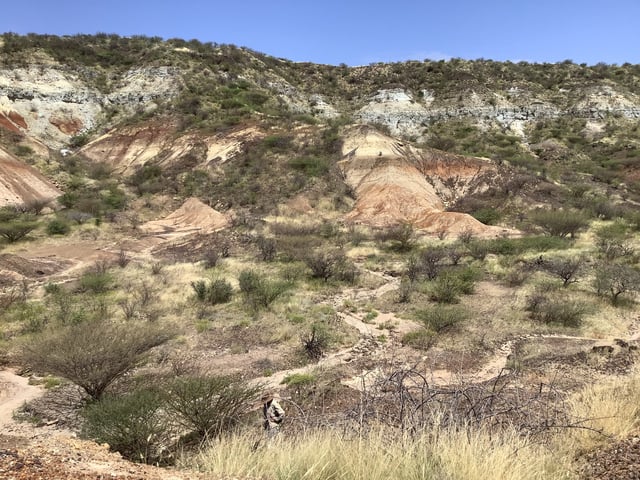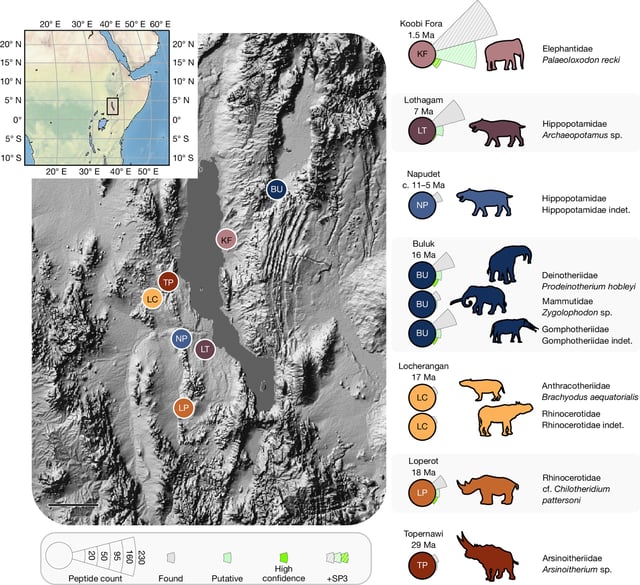Overview
- Scientists sequenced enamel proteins from a 21–24-million-year-old rhinoceros tooth unearthed in Canada’s High Arctic, marking the oldest recoverable proteins on record.
- Complementary analysis of 18-million-year-old teeth from Kenya’s Rift Valley identified protein fragments that linked fossils to ancient proboscideans and rhinocerotids despite extreme heat.
- Phylogenetic reconstruction using the recovered sequences revised the rhinocerotid family tree, pinpointing a divergence from other lineages between 41 and 25 million years ago.
- The studies demonstrate that dental enamel’s hydroxyapatite matrix can entomb and protect proteins across polar deserts and tropical rift valleys over tens of millions of years.
- Researchers are now refining paleoproteomic methods to extract even older molecular data with the goal of inferring biological sex, dietary habits and potentially probing dinosaur fossils.



